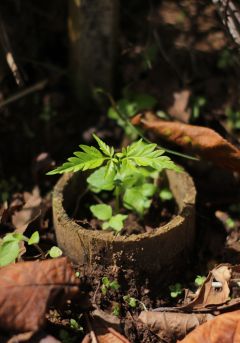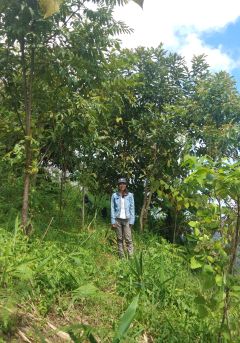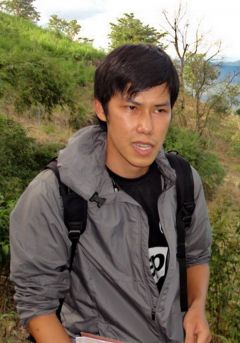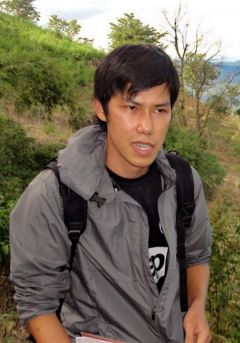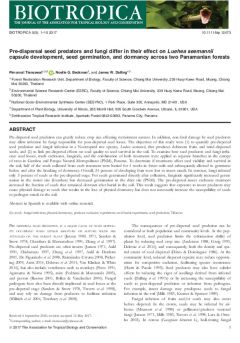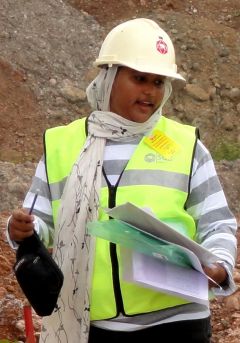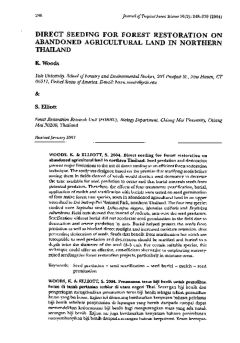Publications
1: Selecting suitable tree species for direct seeding to restore forest ecosystems in northern Thailand
ABSTRACT: To upscale restoration of tropical forest ecosystems, direct seeding—sowing seeds directly into the ground—is potentially more cost-effective than tree planting. However, its success is...
2: Differential seed removal, germination and seedling growth as determinants of species suitability for forest restoration by direct seeding – A case study from northern Thailand
ABSTRACT: Direct seeding is potentially a more cost-effective alternative to conventional tree planting for restoring tropical forest ecosystems. However, seed loss, due to removal and damage by...
3: Seed storage behaviour of native forest tree species of northern Thailand
ABSTRACT: Storage of native forest tree seeds is essential for the development of seed-based forest restoration methods, such as direct or aerial seeding and for increasing representation of...
4: Sowing time and direct seeding success of native tree species for restoring tropical forest ecosystems in northern Thailand
ABSTRACT: Direct seeding (sowing seeds directly into ground) is potentially a cost-effective method of forest restoration that could replace or complement conventional tree planting, under certain...
5: Pre-dispersal seed predators and fungi differ in their effect on Luehea seemannii capsule development, seed germination and dormancy across two Panamanian forests
Pre-dispersal seed predation can greatly reduce crop size affecting recruitment success. In addition, non-fatal damage by seed predators may allow infection by fungi responsible for post-dispersal...
6: Effectiveness of direct seeding for forest restoration on severely degraded land in Lampang Province, Thailand
ABSTRACT: This study tested the effectiveness of direct seeding to establish framework tree species, for restoring forest ecosystems on an opencast lignite mine in Lampang Province, Thailand. A...
7: Effects of seed traits on the success of direct seeding for restoring southern Thailand’s lowland evergreen forest ecosystem
ABSTRACT: The success of direct seeding, as a low-cost approach to forest restoration, varies with tree species and seed characteristics. A system to predict which tree species are likely to be...
8: Direct seeding for forest restoration on abandoned agricultural land in northern Thailand
ABSTRACT: Seed predation and desiccation present major limitations to the use of direct seeding as an efficient forest restoration technique. The study presented here tested the hypotheses that...
-
- 34: 8
- 13: 4
- 12: 3
- 14: 3
- 36: 2
- 33: 1
- 41: 1
-
- 28: 8
-
- 48: 7
- 21: 1

